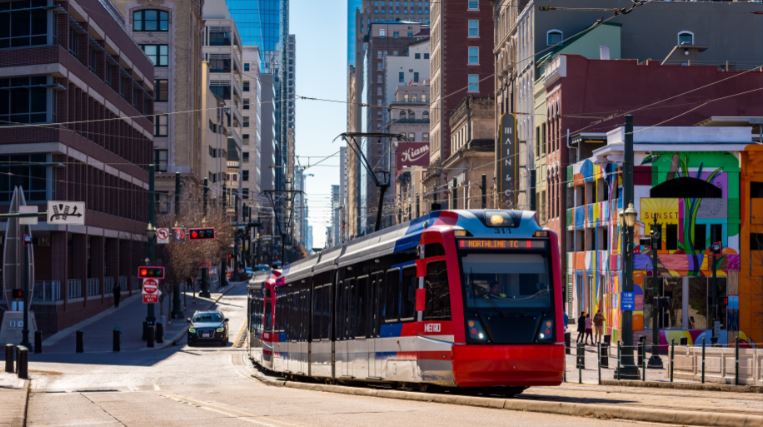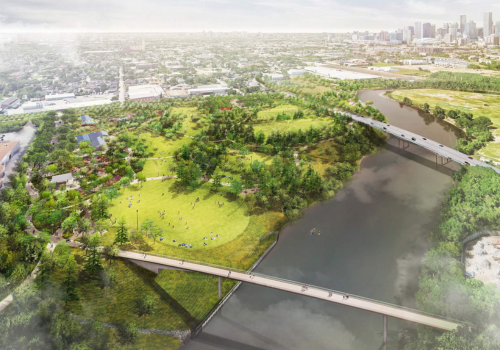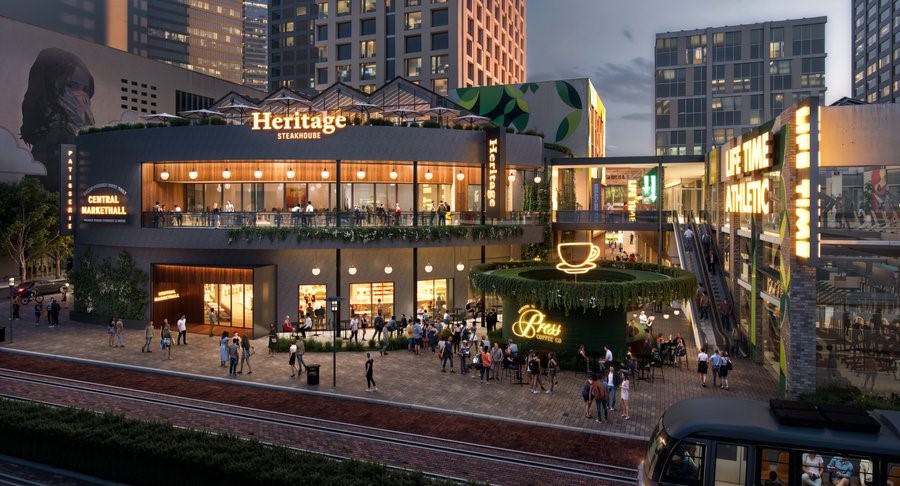Metro’s New Vision for Transit-Oriented Development
Published Feb 20, 2023 by Brina Morales
As the Houston region experiences an increased interest in transit-oriented development, the Metropolitan Transit Authority is eyeing new opportunities in that arena.
In December, Metro's Board of Directors unanimously approved an updated policy that guides how it will advance joint development and transit-oriented development (TOD) initiatives. Transit-oriented design creates high-density development that features workforce or affordable housing, employment, shops, restaurants and more within walking distance of a transit station. The goal is to reduce travel time, congestion and emissions on local roadways and stimulate economic activity tied to transit.
Metro will be using a $370,000 grant from the Federal Transit Administration to explore TOD opportunities at the Tidwell Transit Center, which is where the proposed METRORapid University Corridor would come to an end. The 25-mile bus rapid transit line would begin at the Westchase Park & Ride and would pass through Houston Community College, Texas Southern University, University of Houston and University of St. Thomas.
According to Metro’s updated policy, the agency could choose to develop Metro-owned properties, facilitate development around Metro service stations, or pursue joint development opportunities on property Metro doesn’t own. The development could be done through both public and private partnerships. The policy also incorporates measures to obtain public input and educate communities as projects develop.
The agency says these types of developments result “in stronger transit connections for underserved communities to jobs, education, healthcare, and other essential services without the displacement resulting from gentrification typically associated with traditional TOD.”
Metro has examined TOD opportunities since it released its 2015 study identifying how it could use specific park and ride locations, but the vision is now picking up steam as developers and the region aim to build more high-density communities.
Metro Chair Sanjay Ramabhadran told the Houston Chronicle last year that the agency’s vision “is about bringing quality of life to areas adjacent to transit centers, to park and rides.”
Metro could join other transit agencies, like the Washington Metropolitan Area Transit Authority and Capital METRO in Austin, that have developed TOD communities for years and are now also exploring new joint development agreements to expand housing options.
Learn more about Houston’s neighborhoods.
 The Houston Report
The Houston Report





















